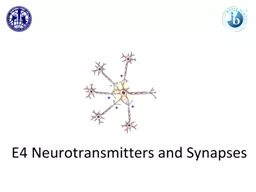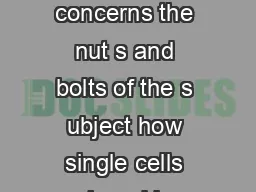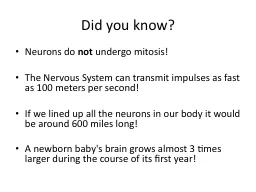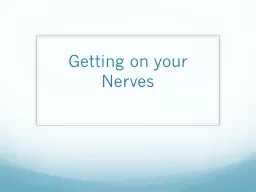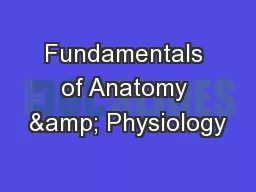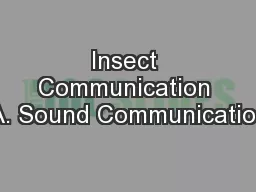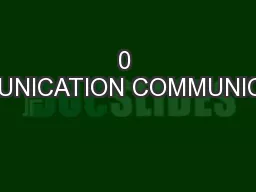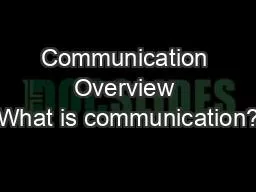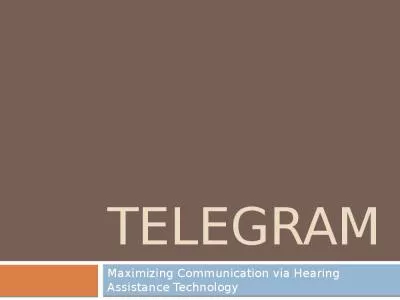PPT-Communication via Synapses
Author : conchita-marotz | Published Date : 2016-03-19
Synapses are a fundamental part of neural pathways as they regulate decisionmaking in terms of exciting or inhibiting the postsynaptic neurons Review Action potentials
Presentation Embed Code
Download Presentation
Download Presentation The PPT/PDF document "Communication via Synapses" is the property of its rightful owner. Permission is granted to download and print the materials on this website for personal, non-commercial use only, and to display it on your personal computer provided you do not modify the materials and that you retain all copyright notices contained in the materials. By downloading content from our website, you accept the terms of this agreement.
Communication via Synapses: Transcript
Download Rules Of Document
"Communication via Synapses"The content belongs to its owner. You may download and print it for personal use, without modification, and keep all copyright notices. By downloading, you agree to these terms.
Related Documents

